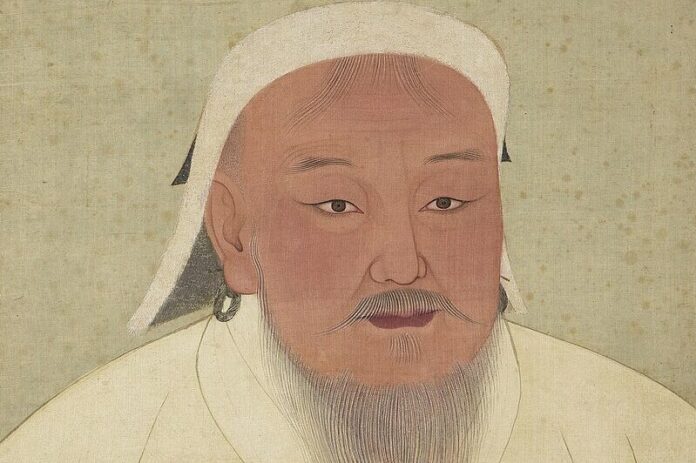The Mongol Empire, founded by Genghis Khan in the early 13th century, stands as one of the most expansive and influential empires in history. Known for its military prowess, cultural achievements, and lasting legacy, the Mongol Empire continues to captivate the imagination of scholars and enthusiasts alike. Here are three fascinating facts that shed light on the remarkable rise and enduring impact of the Mongol Empire.
The Mongol Empire Was the Largest Land Empire in History
At its peak in the mid-13th century, the Mongol Empire stretched across an estimated 22% of the world’s land area, encompassing territories from Eastern Europe to East Asia. Spanning over 9.3 million square miles, the empire surpassed the size of any other contiguous land empire in history. The sheer scale of the Mongol Empire’s territorial expansion, achieved through a combination of military conquest and strategic alliances, remains a testament to the unprecedented scope of Mongol power and influence.
The Mongols Embraced Religious Tolerance and Cultural Exchange
Contrary to their reputation as ruthless conquerors, the Mongols were surprisingly tolerant of religious and cultural diversity within their empire. Under Genghis Khan’s leadership, the Mongols implemented policies of religious freedom and encouraged the exchange of ideas and goods along the vast network of trade routes known as the Silk Road. As a result, the Mongol Empire became a melting pot of diverse cultures, religions, and languages, fostering a climate of innovation and cross-cultural exchange that contributed to the advancement of science, technology, and the arts.
They Pioneered Military Tactics and Strategies
Renowned for their unparalleled skill in warfare, the Mongols revolutionized military tactics and strategies that would shape the course of history. Utilizing a combination of speed, mobility, and psychological warfare, Mongol armies employed innovative tactics such as the feigned retreat, the enveloping maneuver, and the use of siege warfare techniques to conquer and subdue their adversaries. The Mongol cavalry, equipped with powerful composite bows and skilled in hit-and-run tactics, proved to be a formidable force that could swiftly overwhelm enemy defenses.

